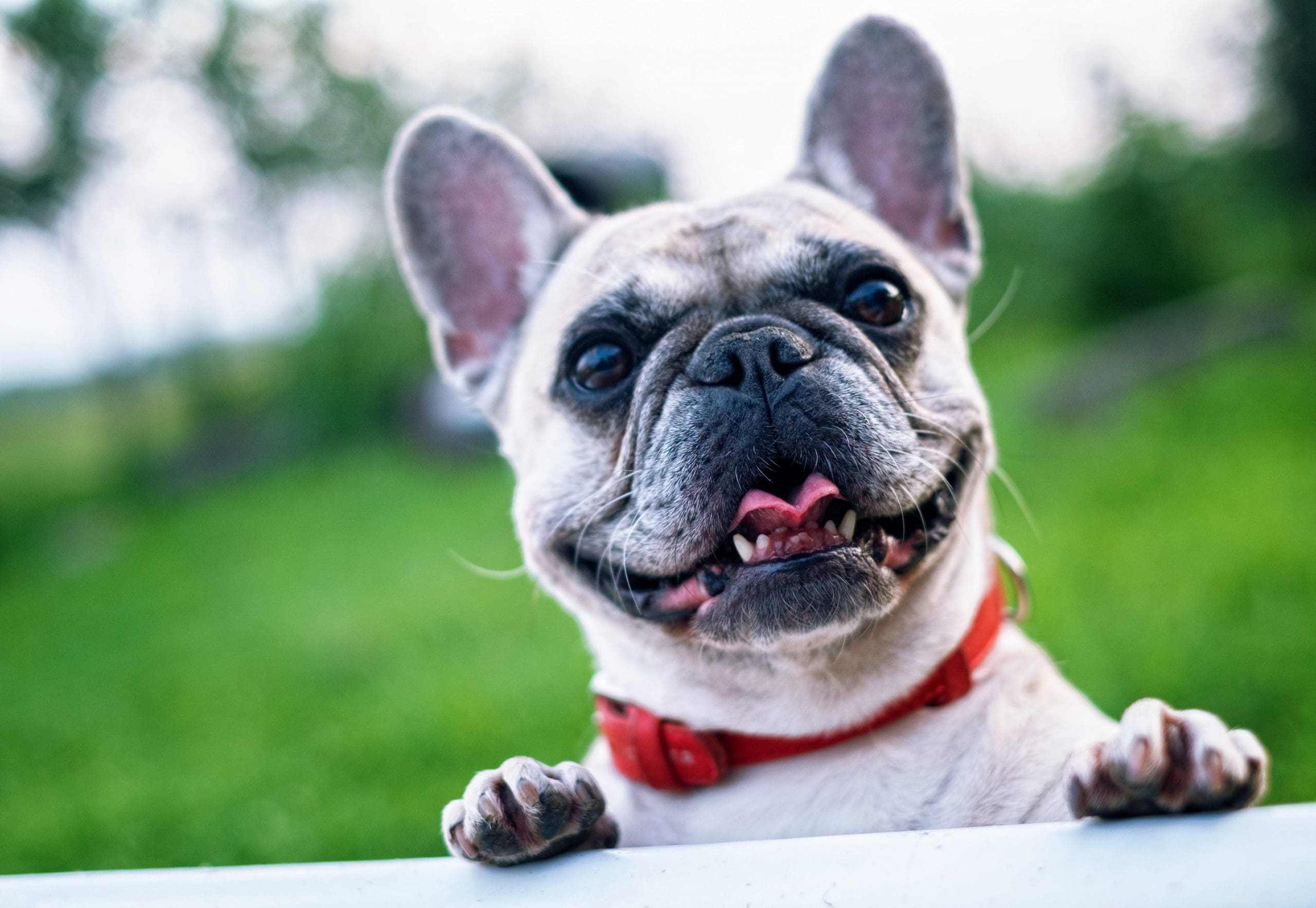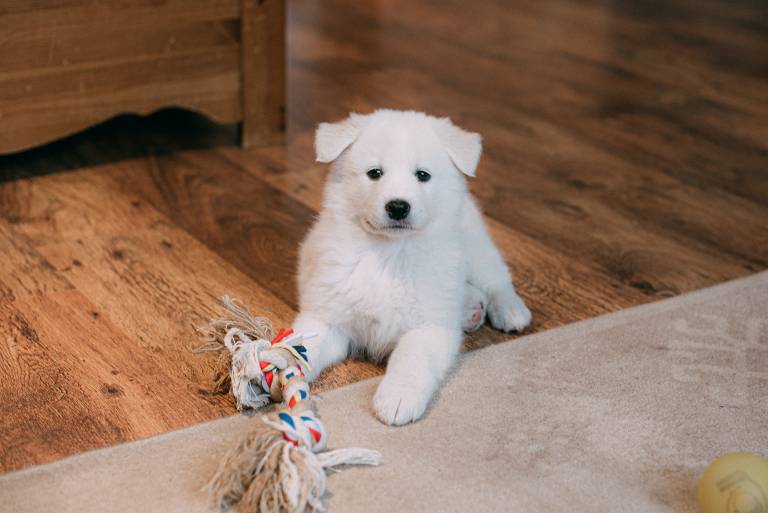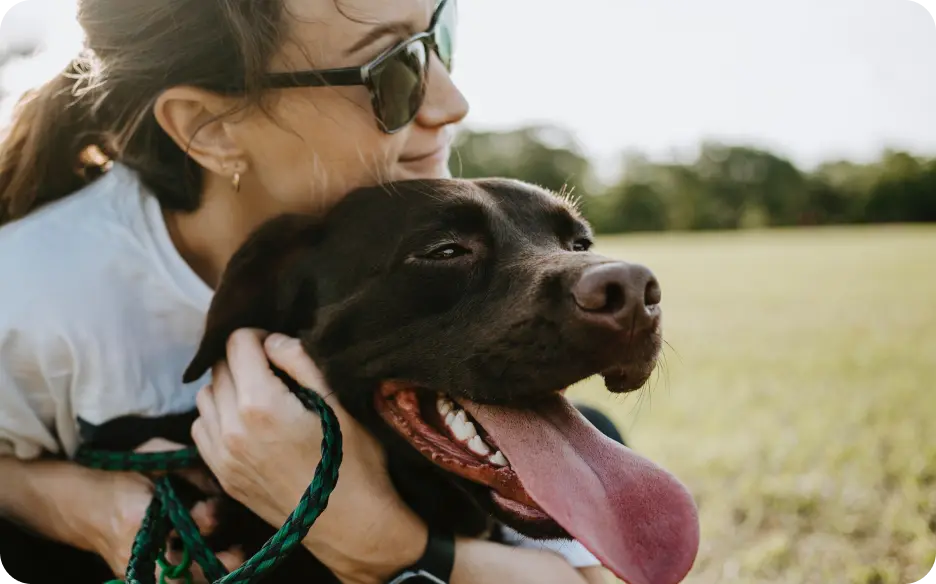How To Train Dog To Use Pee Pad?
Post Date:
December 10, 2024
(Date Last Modified: December 13, 2024)
Training a dog to use a pee pad can be a fulfilling experience, providing a practical solution for pet owners, particularly those in apartments or with limited outdoor access. With patience and consistency, your dog can learn to associate the pee pad with their bathroom needs.
# Benefits of Pee Pads
Many pet owners choose pee pads to keep their homes clean, especially during inclement weather or when they are away. Pee pads are also beneficial for puppies not yet fully house-trained. Creating a positive association with the pad is essential for effective training.
# Choosing the Right Location
Select a quiet and private spot for the pee pad, ensuring it is away from your dog’s food and resting areas. A comfortable surface that mimics grass or natural textures can make the pad more inviting. Familiarizing your dog with the designated area is crucial.
# Recognizing Signs
Observe your dog for signs of needing to relieve themselves, such as sniffing or circling. When you notice these behaviors, gently lead your dog to the pee pad. If they use it successfully, offer praise and rewards. Positive reinforcement plays a vital role in training.
# Establishing Consistency
Consistency is key in this training process. Set a regular schedule for bathroom breaks, especially after meals, playtime, or naps. Taking your dog to the pee pad during these intervals helps establish a routine, reinforcing that this is the appropriate spot for bathroom needs.
# Handling Accidents
Accidents are part of the learning journey. If your dog has an accident elsewhere, clean it up calmly without scolding. Scolding can create anxiety and hinder the learning process. Focus on guiding them back to the pee pad with patience and understanding.
# Creating a Positive Environment
Encourage exploration of the pee pad to make it a fun and safe space. Use toys or treats to draw their attention and reinforce its purpose. This positive atmosphere helps your dog feel more comfortable using the pad.
# Gradual Independence
As your dog becomes more familiar with the pee pad, decrease your involvement and allow them to approach it independently. Continue to offer praise and rewards for successful uses to reinforce the behavior.
# Addressing Reluctance
If your dog is hesitant to use the pee pad, it may be due to texture or smell. Experiment with different brands of pee pads to find one that suits your dog’s preferences. Consider using a pheromone spray designed for potty training to make the pad more appealing.
# Training Older Dogs
Older dogs may require more time to adjust due to established habits. Approach their training with extra patience, ensuring they feel secure and confident using the pee pad.
# Importance of Cleanliness
Maintaining a clean pee pad is essential. Dogs instinctively avoid soiling their sleeping or eating areas, so regularly changing the pad will encourage its use. Establish a routine for cleaning to create a hygienic environment.
# Managing Multiple Pets
If you have multiple dogs, ensure each has access to their designated pee pad. This may require placing several pads around your home. Monitor interactions to prevent confusion or territorial disputes.
# Transitioning to Outdoor Habits
For puppies, transitioning from pee pads to outdoor bathroom habits can be beneficial. As they become accustomed to the pad, take them outside at regular intervals to encourage outdoor relief while still offering the pee pad option.
# Individual Learning Paces
Every dog learns at their own pace. Some may pick up the training quickly, while others may take longer. Celebrate small achievements and maintain a patient approach, fostering trust and understanding.
# Incorporating Verbal Cues
Incorporate simple commands associated with bathroom habits, such as “go potty” or “use your pad.” Consistently using these phrases when directing your dog to the pee pad will reinforce their learning.
# Health Considerations
Continuous accidents may indicate health issues. If this occurs, consulting a veterinarian is advisable, as health can affect a dog’s bladder control.
# Reducing Pad Availability
As your dog becomes more reliable with the pee pad, gradually reduce the number of pads available. This encourages them to use the designated area and solidifies the habit.
# Enjoying the Process
Training a dog to use a pee pad takes time and dedication. Tailor your approach to your dog’s unique personality and needs. A positive experience fosters a strong bond and mutual respect.
# Community Support
Sharing experiences with other dog owners can provide valuable insights. Engaging in conversations about training challenges and successes enriches the training journey and fosters a sense of community.
Embrace the process of teaching your dog to use a pee pad. With patience, consistency, and care, you can create a successful training experience, cherishing the moments spent with your dog as they learn and grow.






